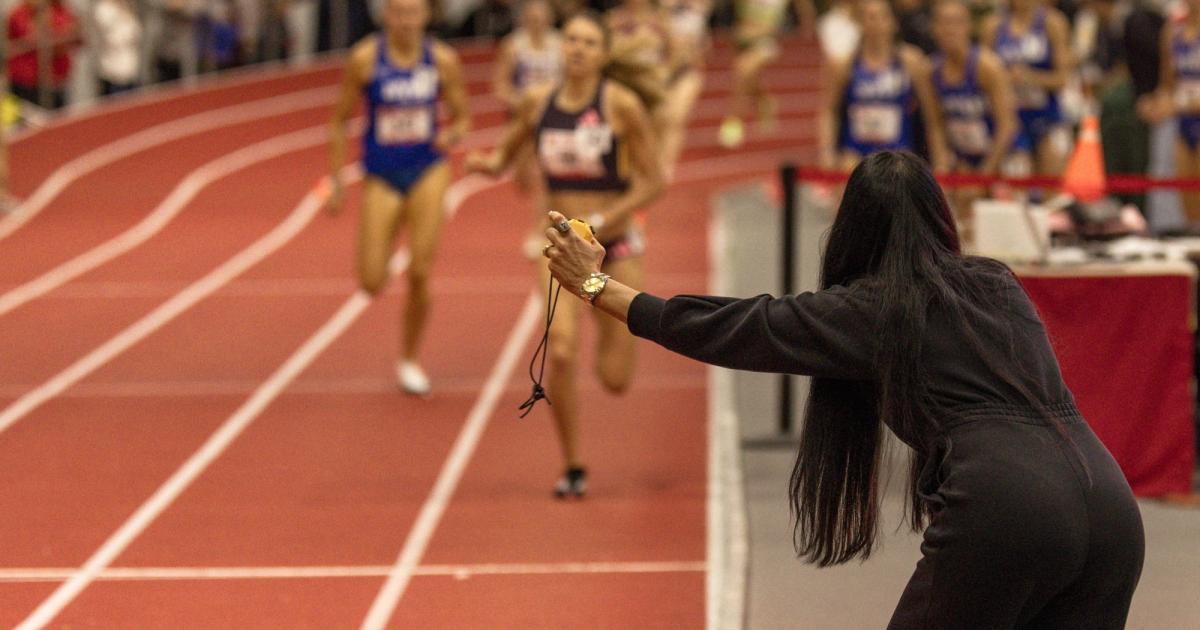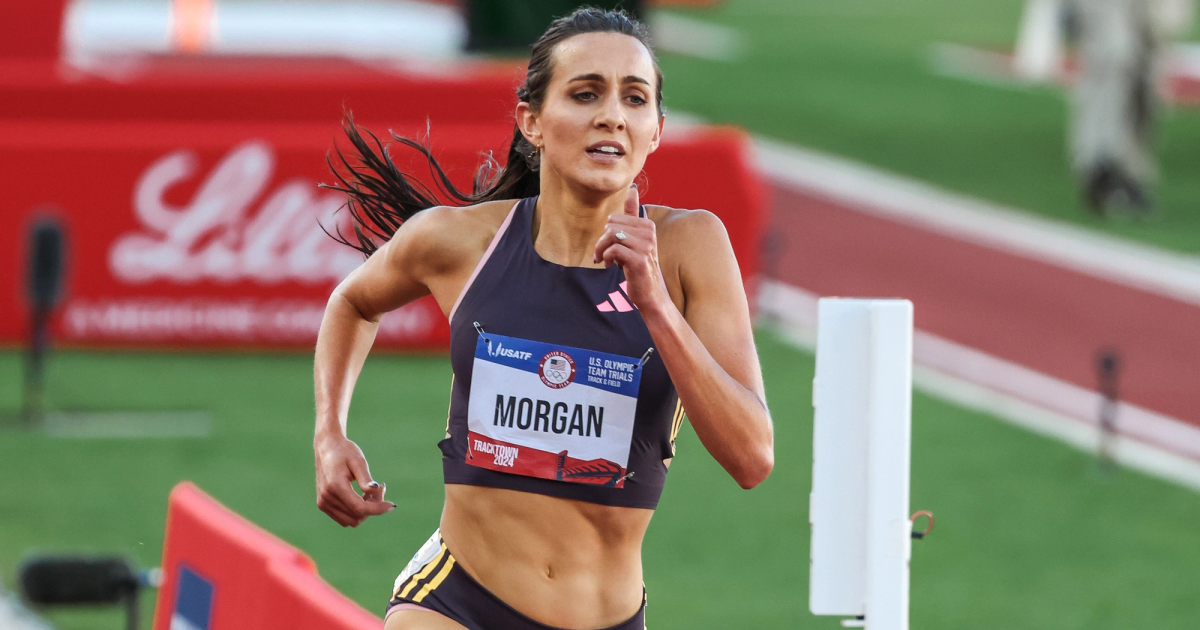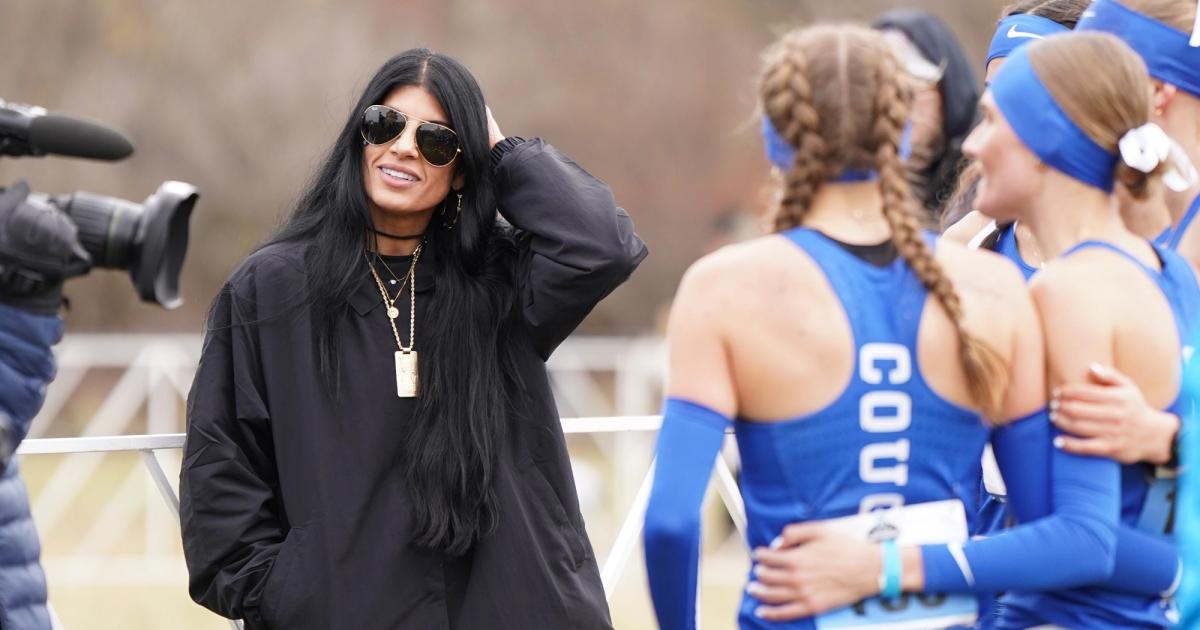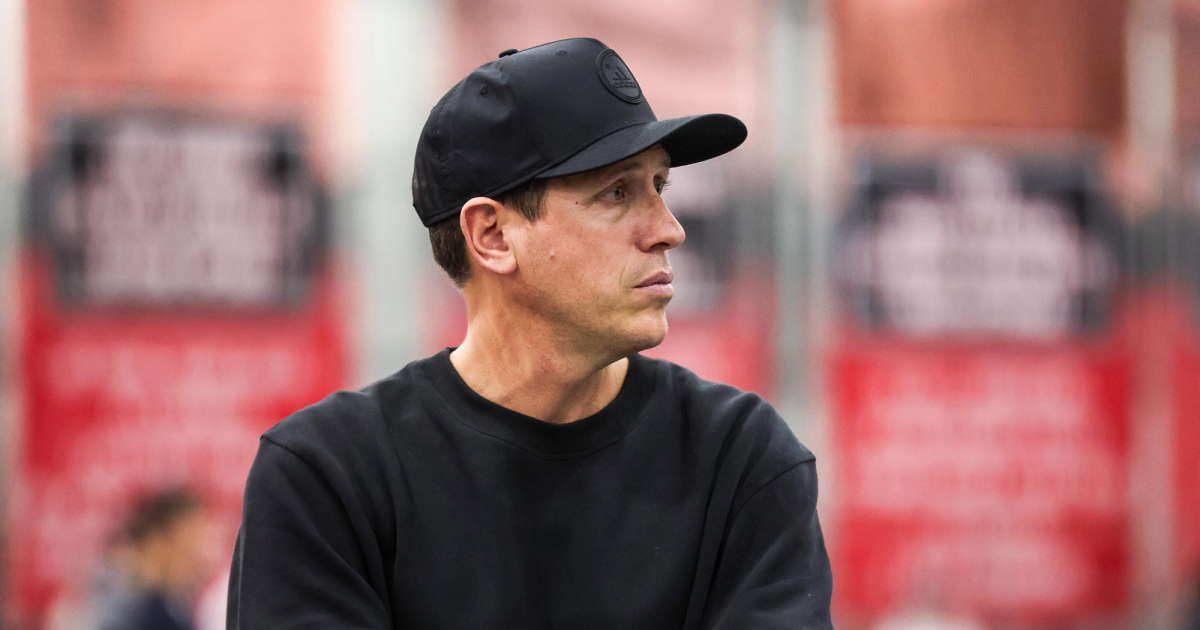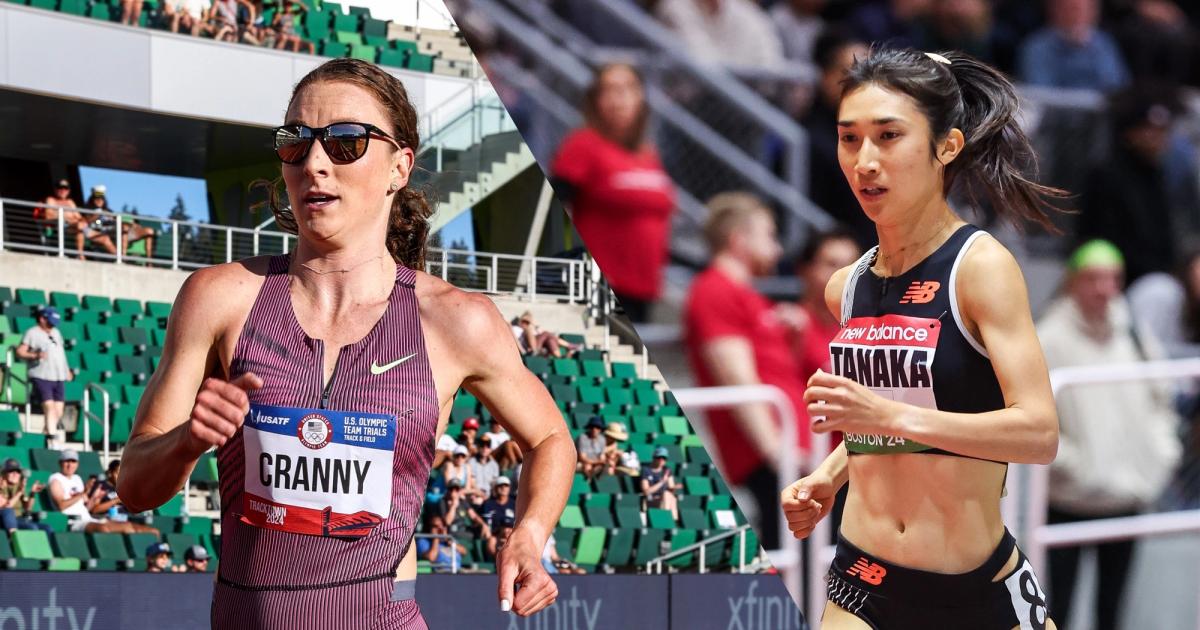By David Melly
February 5, 2025
If you were tuning into the BU Terrier Classic this weekend, you might’ve noticed certain coaches were a little busier than others. That’s because they were cheering on a stable of athletes that included both collegiate and professional runners, an increasingly common setup in the current landscape of American distance running. The winners of the women’s mile (Elise Cranny), 3000m (Nikki Hiltz), and 5000m (Whittni Morgan) all shared one thing in common: They are currently being guided by Jarred Cornfield, Mike Smith, and Diljeet Taylor, respectively, all of whom have day jobs at universities.
This isn’t a new phenomenon, but it’s one that gained more attention over the last few years, driven in part by the dissolution of pro groups like Nike Oregon Project, Oregon Track Club, and NJ-NY Track Club. (Plus the mass exodus from Bowerman Track Club after its move, with coach Jerry Schumacher, to Eugene and the University of Oregon.) Other sports occasionally see pro teams shifting locations (shoutout to the Montreal Expos), taking on new sponsors (Visma/Lease-a-Bike doesn’t have quite the same ring to it), or undergoing major rebrands (usually for good reasons), but track and field is somewhat unique in its heavy blurriness between the—theoretically—amateur NCAA and the—theoretically—professional ranks.
Who benefits from this training setup? Usually, the pros themselves. Continuity with a successful coach-athlete pairing can be a huge asset for long-term development. If you find a training setup that works so well that it catapults you to a national title or All-American status, why change? And even if you don’t remain with your collegiate coach, in a famously under-resourced sport, access to precious perks like indoor tracks, medical staff, and training facilities make it absolutely worth it to pick up a side job as a “volunteer assistant coach.” Plus, pro training groups are almost always tied to a sponsor—and trying to find a training setup that meets both your physical needs and your contractual obligations can be tricky. But informal university-based training groups often feature a mix of differently-sponsored (or even unsponsored) athletes.
It’s not all roses for the athletes, though. Hiltz mentioned on Friday that they chose BU over New Balance in part so that their coach could physically be present, a convenience when you’re able to choose among two great meets but a challenge if you’re over in Europe all of August while your coach is back on campus for pre-season. And, with all due respect to the cosmopolitan paradise that is Eugene, Oregon, it became abundantly clear in the months following BTC’s big move that not every 25-35 year old wants to spend a decade of their adult lives on the fringes of a college campus.
If college athletes are willing to cede a bit of their coach’s time and attention to other priorities, having mentors and workout-pacers with Olympic ring tattoos hanging around can be a great co-benefit of this arrangement for up-and-coming athletes. As top collegiate distance runners navigate new uncharted waters like racing at USAs, hiring an agent, and landing endorsement deals, access to experienced brains to pick at practice every day is a real asset. And there’s gotta be a confidence boost that comes from knowing you’re training under the same system that is proving successful at even higher levels of competition.
The real tradeoff here is the effect it has on the sport. It’s no one athlete or coach’s fault, but the net result is that many aspects of professionalism we wish track would embrace are undermined by these arrangements. When superstar Duke freshman Cooper Flagg turns pro, he’s going straight to the NBA Draft and joining a pro team, not sticking around Durham for a few more years to hone his craft. And that pro team will have a name, branding, fan base, and identity that transcends any one player or coach—which are all hard to come by in track’s transient and ever-changing training landscape. He’ll be playing other NBA players in NBA games, not dropping 50 points in pickup ball in the campus gym.
This muddying of the professional-amateur waters is the direct result of a clear competition structure and underlying financial constraints. If qualifying for Worlds at a collegiate meet wasn’t an option, top elites would spend a lot less time in the city of Boston or around the Randal Tyson Track Center. If it were more financially viable for the best shot putters in the world to afford a world-class gym membership on a thrower’s salary, they wouldn’t need to lean on a university weight room.
Just like the rest of us working stiffs, most pro track and field athletes are just trying to cobble together a work and life setup that gets them through the week—but in a high-stakes, highly individualized environment. Pros flocking to college coaches may not be ideal, but it’s what we’ve got until something better comes along.
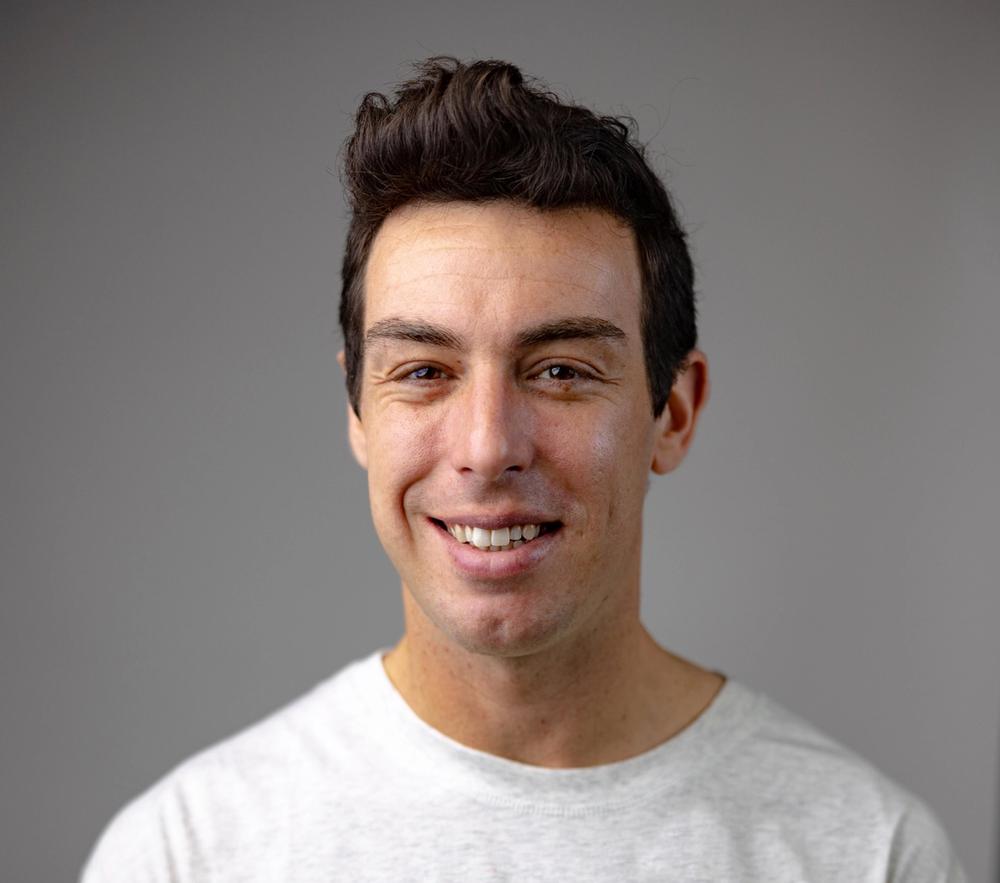
David Melly
David began contributing to CITIUS in 2018, and quickly cemented himself as an integral part of the team thanks to his quick wit, hot takes, undying love for the sport and willingness to get yelled at online.
